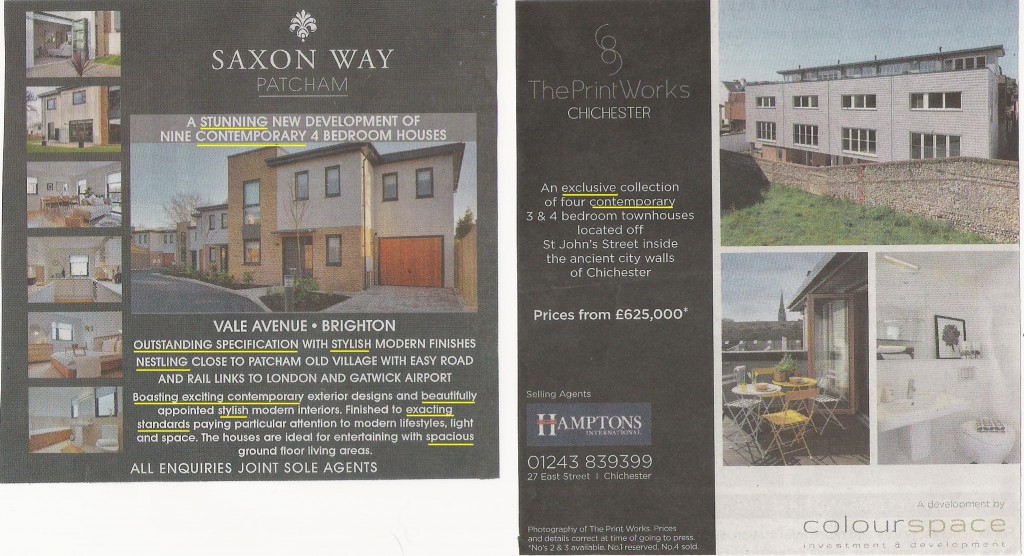The Daily Telegraph recently published a story featuring Taylor Wimpey CEO Peter Redfern claiming that new regulations following the Mortgage Market Review, which have restricted borrowing for second-hand homes, have not adversely impacted the business and Help to Buy is still being used by their first time buyers. The company also announced that it is fully sold for 2014 and has confirmed a profit upgrade.
Mr Redfern, in a somewhat blatant attempt to talk up the prospect of further new home price increases, is claiming that housebuilders have more room to adjust prices upward since they were starting from a lower base, having fallen behind valuations for existing homes after the great recession. So are we to interpret that, housebuilders such as Taylor Wimpey have not increased their prices in line with the general local market since 2008?
He said:
“Housebuilders have to keep liquidity in the business and have more room for price adjustment sellers of existing homes by contrast may take their property off the market if they are not getting the right offer. Big houses in the country market are also proving harder to sell, where housebuilders are not that prevalent. This is having a negative impact on the outlook for the market for existing homes.”
Schemes, in particular Help to Buy, continue to give the new home industry a taxpayer-subsidised helping hand. “………..attractive products that help credit availability and affordability – whereas stricter mortgage rules have started to affect sales in the second-hand market. After the downturn mortgage lenders penalised new build specifically apartments as they felt young buyers posed a greater risk with good incomes but low deposits, but these differences are starting to unwind.”
If new homes were penalised, it was because there is always a 10-20% price premium. Lenders required higher deposits to give more of a buffer to account for the premium and added risk of steeper falls in valauations should the market turn.
















